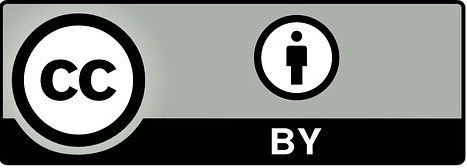The Morfology of Artificial Languagues. The cases of Volapük and Langue bleue
DOI:
https://doi.org/10.17398/2660-7301.42.189Keywords:
Artificial Languagues, Constructed Languagues, International Auxiliary Languagues, Morphology, Volapük, Langue BleauAbstract
Artificial languages are used for several purposes, such as being used as a means of communication that eliminates the linguistic barriers arising from the variety of languages in the world; in this case, specialists speak of international auxiliary languages. These auxiliary languages have the same structural properties as the natural ones, that is, a phonology, a grammar and a vocabulary. As far as the grammar is concerned, it is to be expected that auxiliary languages will achieve three features that favor that goal of being used as a means of communication among all human beings: simplicity, regularity and precision. This work analyzes the morphology of two of these languages, the volapük by Johann Martin Schleyer (1879) and the langue bleue by Lèon Bollack (1900), with the aim of determining the degree to which they meet these requirements.



